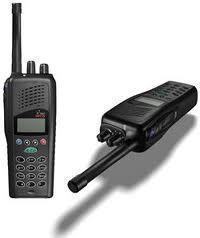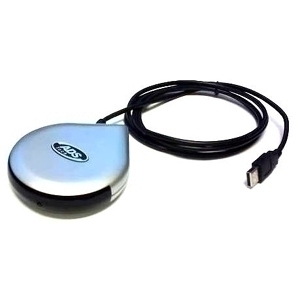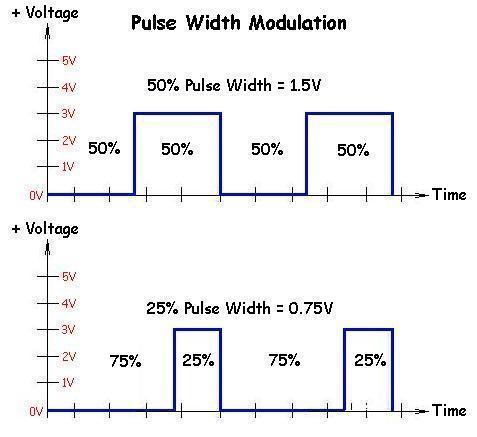Round Trip Time
Round Trip Time, or RTT, also known as “round-trip delay time” is the time it takes for a signal to be sent from a transmitter to a receiver plus the time it takes to verify that the signal has been received; therefore, Round Trip Time is the time it takes for a signal to be …










